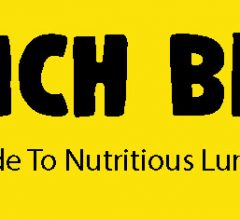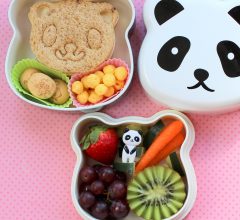Protein: why do we care so much!?
What is Protein and why are we obsessed with it!
Protein is a macronutrient, along with carbohydrates and fats and is made up of lots of amino acids which join together in the human body. It is mainly found in animal sources of foods we eat every day like meat, fish, chicken and dairy products but is also present in plant sources such as nuts, cereals and legumes.
The requirements for each individual will vary throughout a lifetime and with an individuals age, sex and activity level. The requirement for the general population of adults sits at approx. 0.75g of protein per kilogram of bodyweight.
Requirements may have to be altered if a person is older, injured, is breastfeeding or is more physically active. For people who engage in regular exercise they may need more than this to fuel their exercising muscles. Research has shown that endurance athletes should aim to consume approx. 1.2-1.4g of protein per kg of bodyweight and those participating in strength type training should aim to eat approx. 1.2g – 1.7g of protein per kg of bodyweight.

12 of the 20 amino acids in protein can be made naturally by the human body. The remaining 8 need to be obtained from our diet- we call these the ‘essential’ amino acids. Animal sources contain all of the essential amino acids. If two plant sources are eaten together (such as legumes and cereals) all essential amino acids can be obtained.
So that’s all fine, but what is used for? Protein is required to help the growth and repair of cells in our bodies. It is also involved in the production of hormones, enzymes and neurotransmitters. When choosing a source it is very important to be aware of the type of food you are consuming and what other nutrients are contained within that food. For example, processed meats do have protein in them but are also higher in salt and saturated fat compared to other sources such as chicken or turkey breast. If you’re consuming lots of processed foods you may be putting yourself at risk of other health issues such as high cholesterol. The bottom line is to be aware of how much you need and make healthier choices when choosing the source of this protein.
A typical portion of protein would look like this on your plate:
- 3 tablespoons of nuts and seeds
- 140g of fish
- 100g of lean, boneless meat
- 2 medium eggs

Our bodies don’t have a storage space for protein like it does for carbohydrates or fats. When eaten it is used straight away or converted to energy or can also be stored as fat. Excess protein not used for these purposes will be broken down to nitrogen and ammonia which can be excreted in urine. If ammonia is not lost in urine it can be lost in sweat. Lovely!
Try and be aware of how much your body needs and what kinds of foods provide a portion of protein. Remember that anything in excess is not good for the human body. Know your own body and what YOU need.












